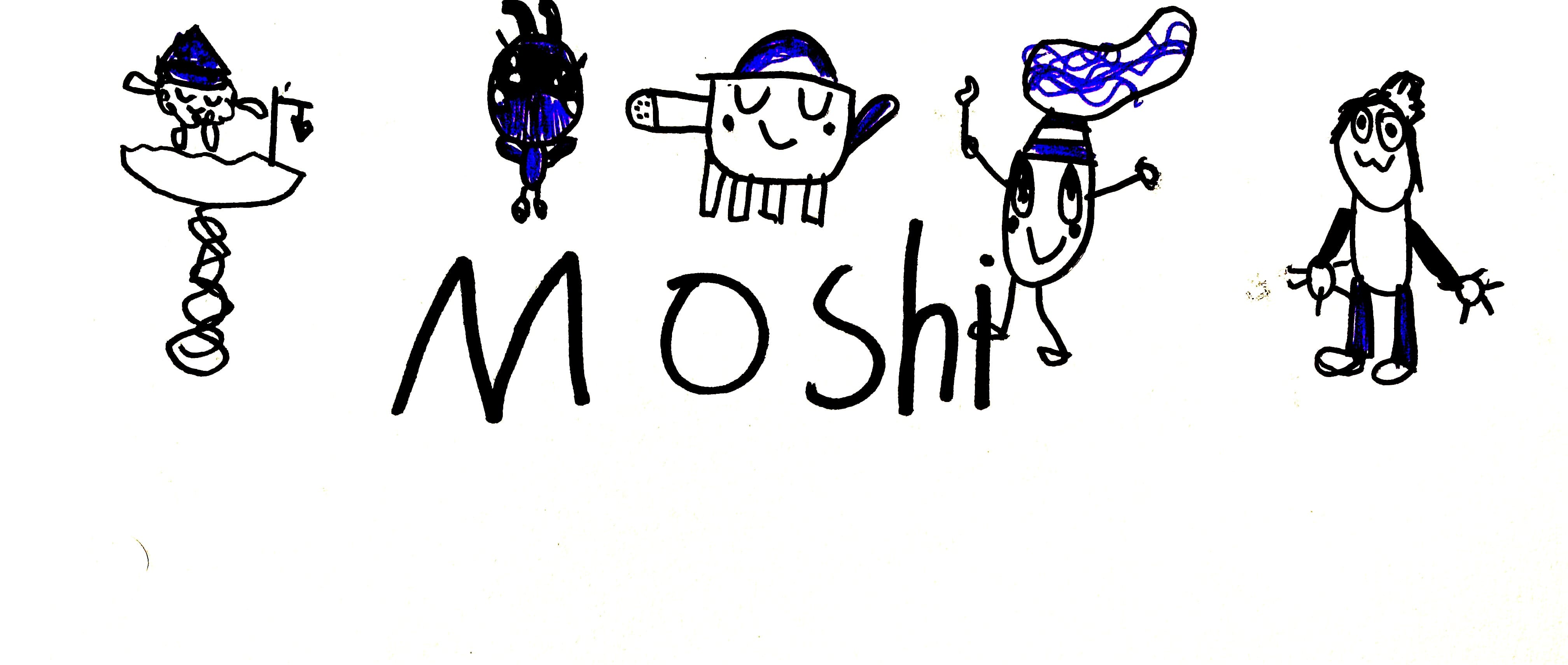
The Amazing Benefits of Art
Development happens every day in a child’s life as they grow up. Art encourages kids to celebrate each person’s unique individuality while also promoting a deeper understanding of oneself. Creativity is a key element of problem-solving and thinking around an idea, which is an amazing benefit of art (among tons of others)!
Cohesively translating something that is in the mind into something that is out in front of us supports that connection between what is in our minds and the physical world around us. It also supports motor skill development – from holding a pen to pushing paint around a page. Kids will also learn that, with practice, we get better at controlling these skills to better tangibly produce intention of thought and hone their visual-spatial skills.
The cognitive and emotional benefits of creative expression are far-reaching – at all stages of human development. Life can be complex and overwhelming. Sometimes words are not the best way to convey our feelings or thoughts. Children especially need the freedom of a safe, supportive space to explore their place in the world.
Art practice fosters cognitive flexibility – or thinking about new ways to put ideas together and communicate them to the outside world. It also encourages sequential reasoning – the process by which we must consider the output and then work our way backward to figure out what steps to take to achieve it. By letting our creative side be in charge, we challenge the mind-body connection and promote healthy neural pathways.
The Benefits of Art Therapy
Art therapy is also widely used to empower children who are less inclined to verbal communication, or those facing a journey of healing from traumatic experiences. It can support independently resolving difficult emotions and instills constructive skills on how to self-manage.
The principles of expressive therapy highlight a focus on the process of creating, not on the quality of the output. There is no subject or guidelines – the process in itself is the practice. This stimulates strong engagement with the senses and promotes exploring instinctual expression through various media. This can be in the form of finger painting, free writing or collages for example. Let your child choose which media they prefer. Some may enjoy pipe cleaners, others plasticine. And some may shy from messy play altogether, preferring coloring books.
Engaging with regular art practice can positively change anxiety patterns and improve focus. Although it may not seem obvious, the act of concentrating whole-mindedly on a piece of work is a wonderful mindfulness practice!
Check out the huge collection of Creative Activities available from Moshi For Schools.
Additional Reading:
A Long Piece of String by William Wondriska
The Artist’s Way for Parents by Julia Cameron